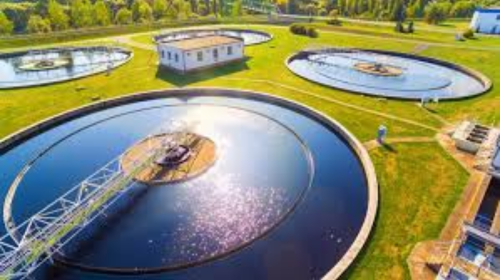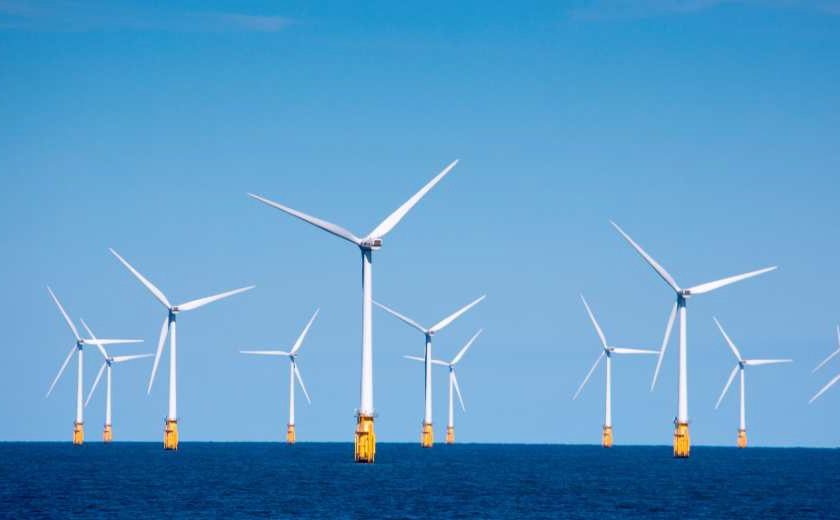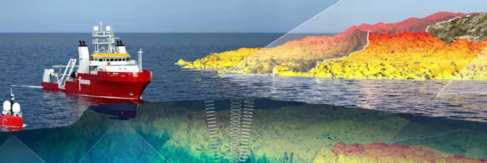As global demand for freshwater intensifies, the conversation must evolve beyond quantity to address an equally urgent crisis: water quality. The Global Commission on economics of water forecasts that over half the world’s food production could be jeopardized by freshwater shortages within 25 years. But contamination of existing freshwater may prove just as perilous. Freshwater ecosystems face unprecedented stress. The UK’s Environment Agency reported 3.6 million hours of raw sewage discharge into rivers in 2024 alone. Poor water quality diminishes resource usability and accelerates ecosystem decline, imperiling biodiversity, public health, and food security.
Traditional water quality assessment relies on periodic sampling and laboratory analysis. While essential, these methods can’t match the scale and speed of modern environmental change. Scientific institutions increasingly turn to Earth observation (EO) technologies for monitoring coverage and frequency. Using satellite data from Sentinel-2 and Landsat 8-9, organizations like EOMAP deliver timely, high-resolution insights into lakes, rivers, and reservoirs. These tools measure turbidity, chlorophyll concentrations, harmful algal blooms, and surface temperature, providing dynamic water quality views for strategic interventions. This technology operates in locations like Lake Elsinore and Canyon Lake in California, under continuous observation since 2015, with satellite data supporting regulatory compliance and nutrient load management, safeguarding drinking water for thousands.
EO technology’s key advantage is accessibility. Platforms like EOMAP’s AQUA combine satellite imagery with AI-powered analytics, enabling policymakers, researchers, and stakeholders to conduct their own assessments. This democratizes data, reducing laboratory dependence and enabling faster decision-making. Longitudinal monitoring reveals broader ecological impacts of urban runo, agricultural pollution, and climate stressors—critical for building resilient adaptive systems. Neglecting water quality has visible consequences. In 2022, the Oder River experienced catastrophic collapse from low water levels, heat, and algal toxins, triggering mass die-o s. US environmental fishery disruptions caused $3.2 billion in lost revenue and $2 billion in recovery costs. Despite these tolls, water quality remains overlooked in water security discussions. Cross sector collaboration using satellite remote sensing can guide remediation and policy. Water quality is a societal imperative requiring investment in both data and action.





